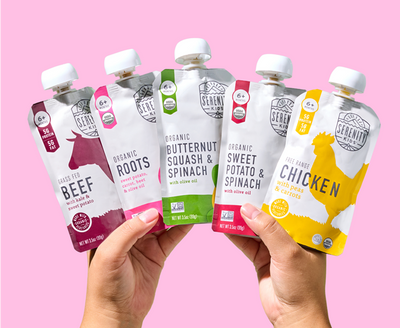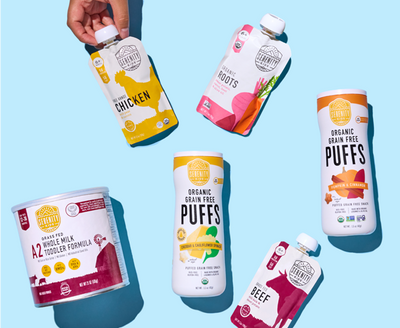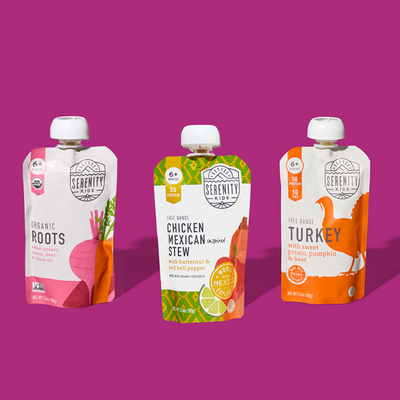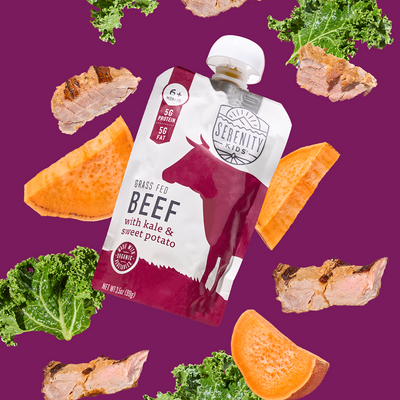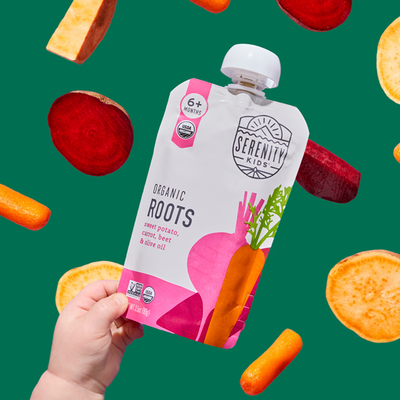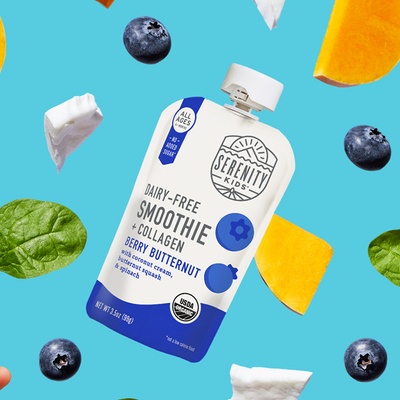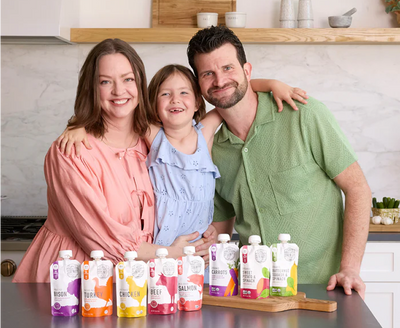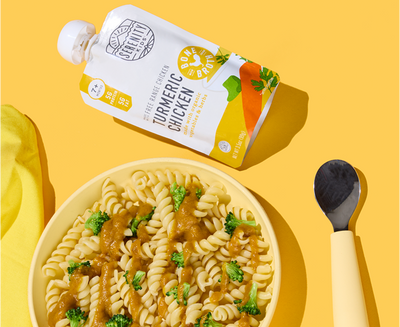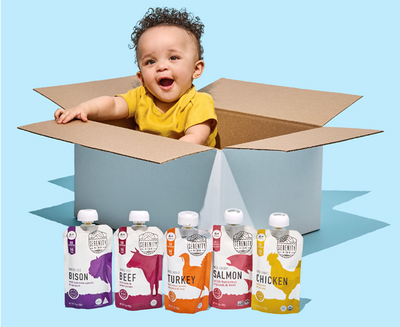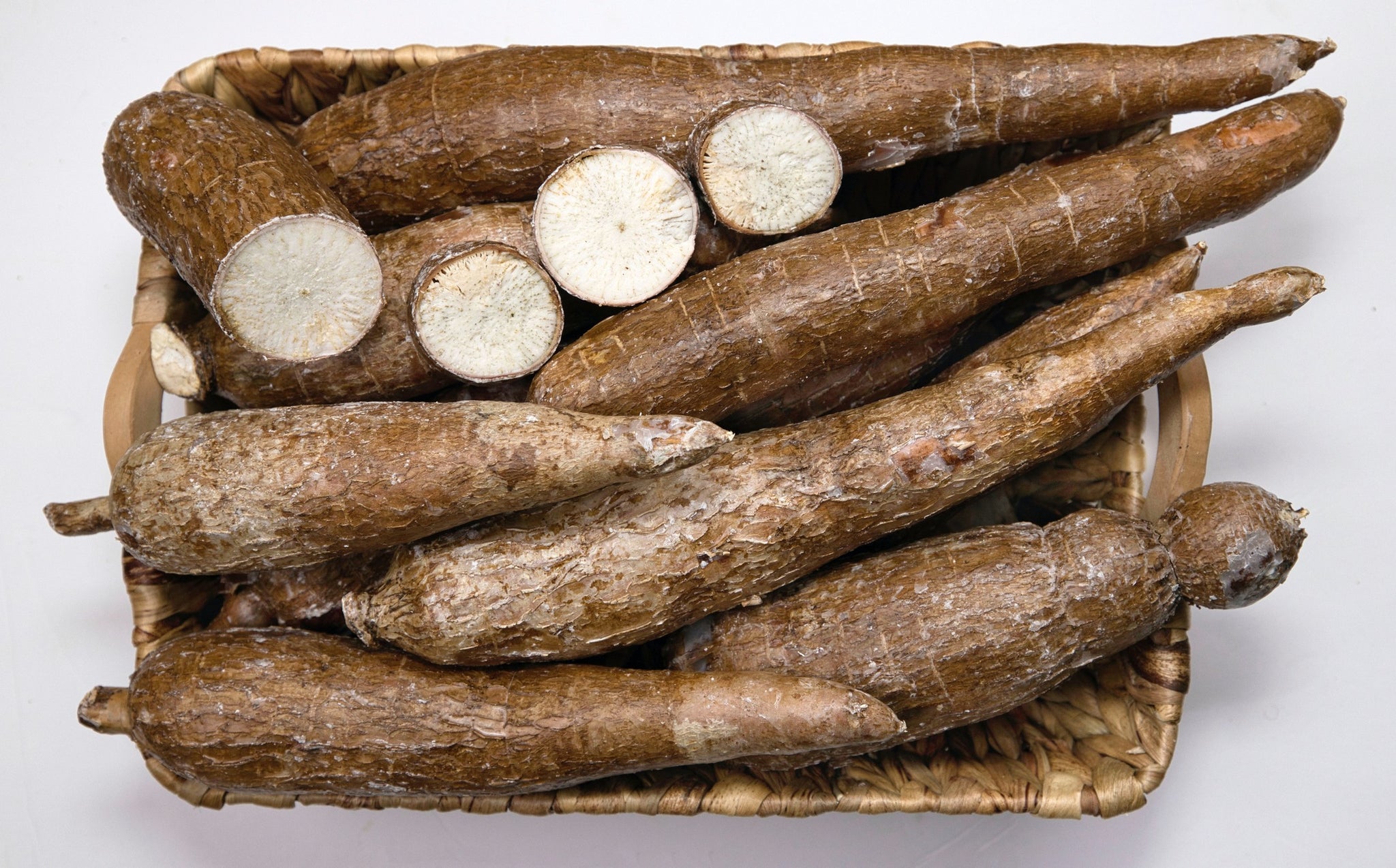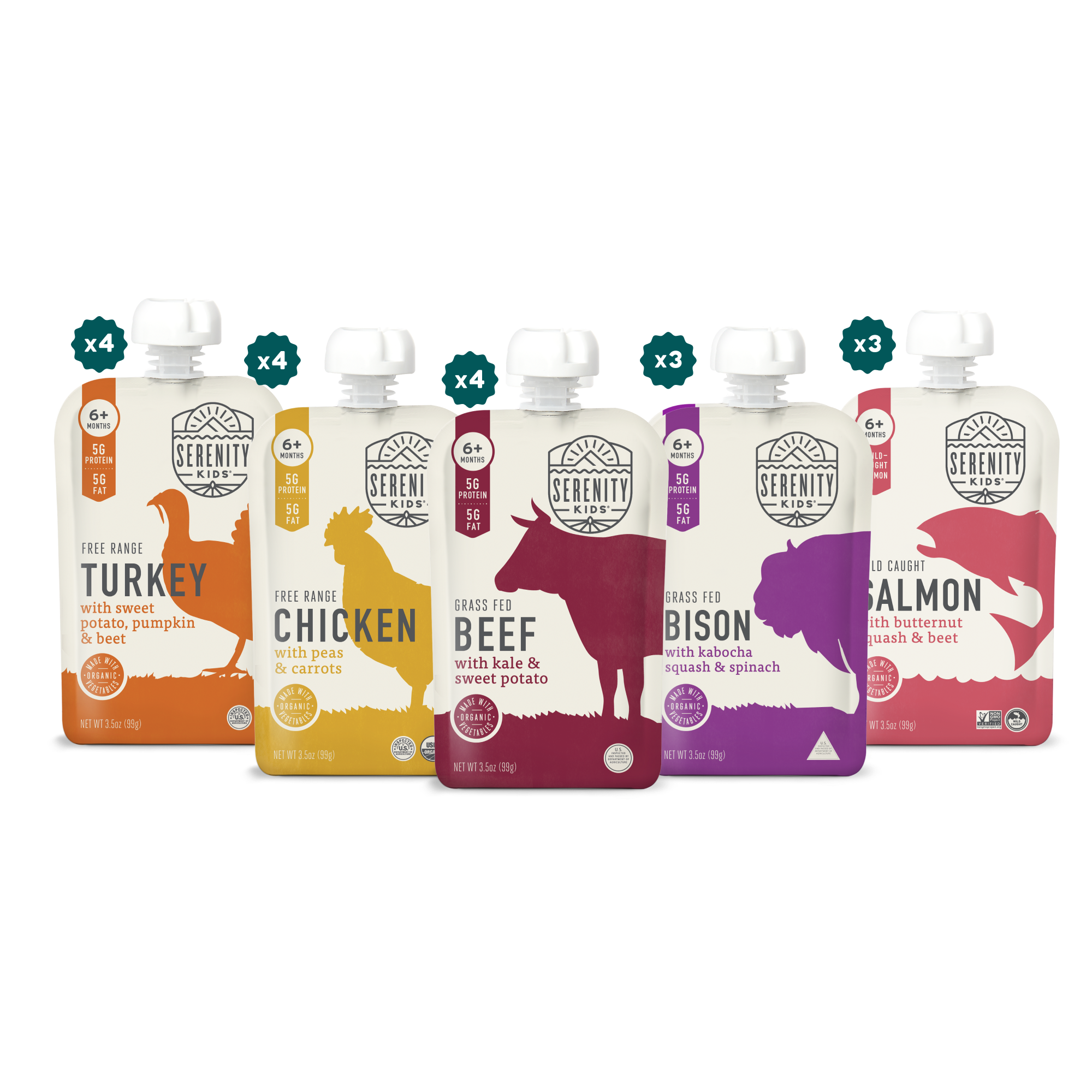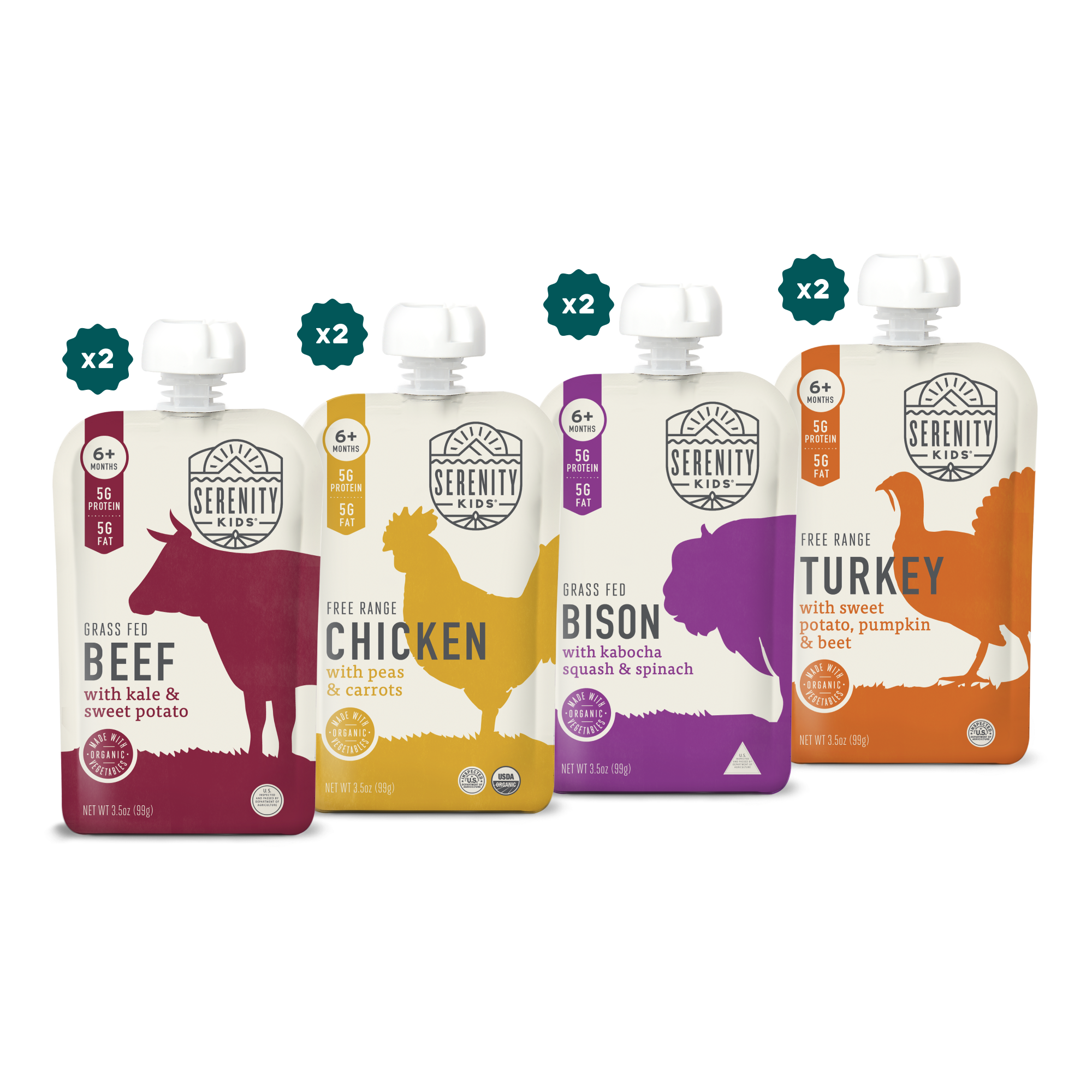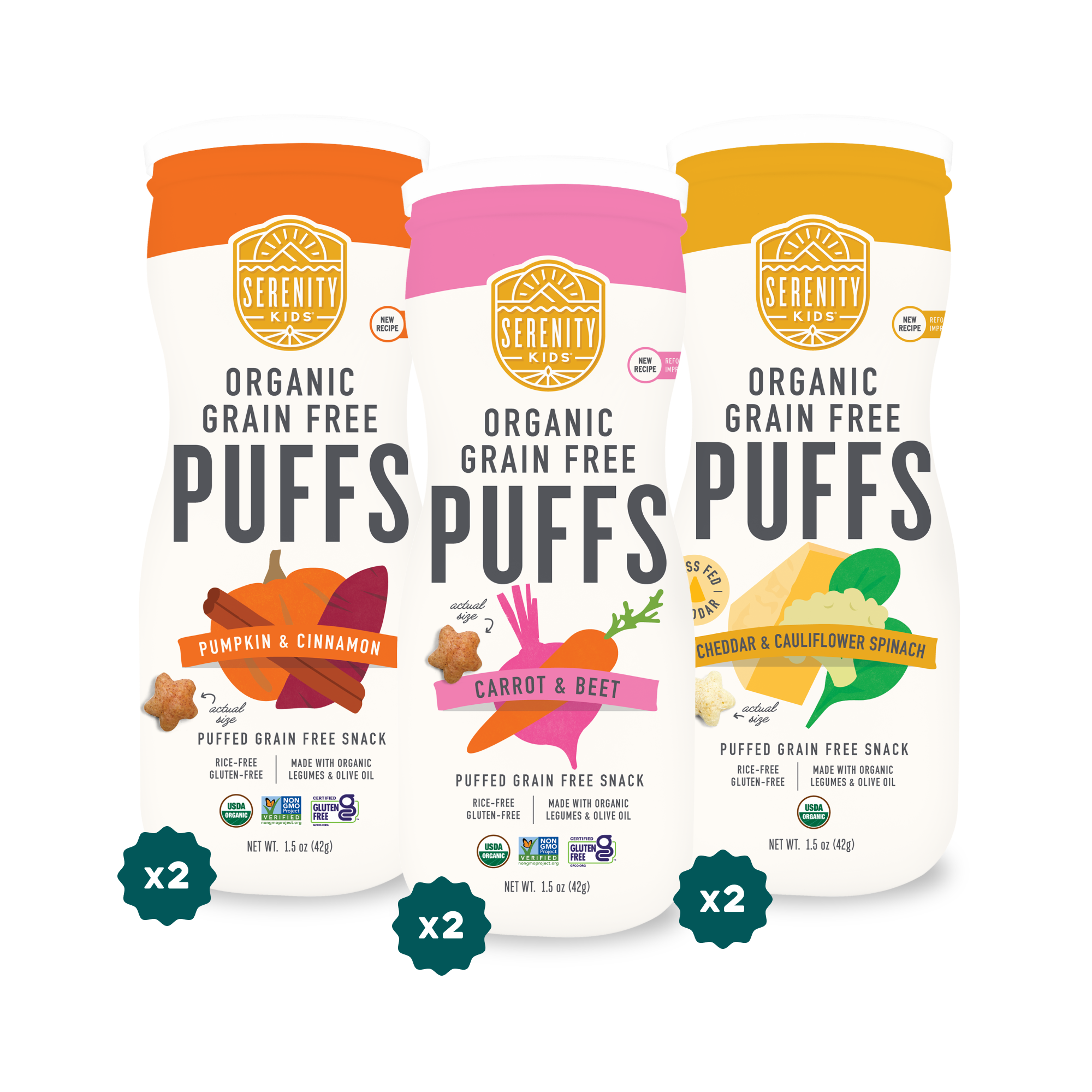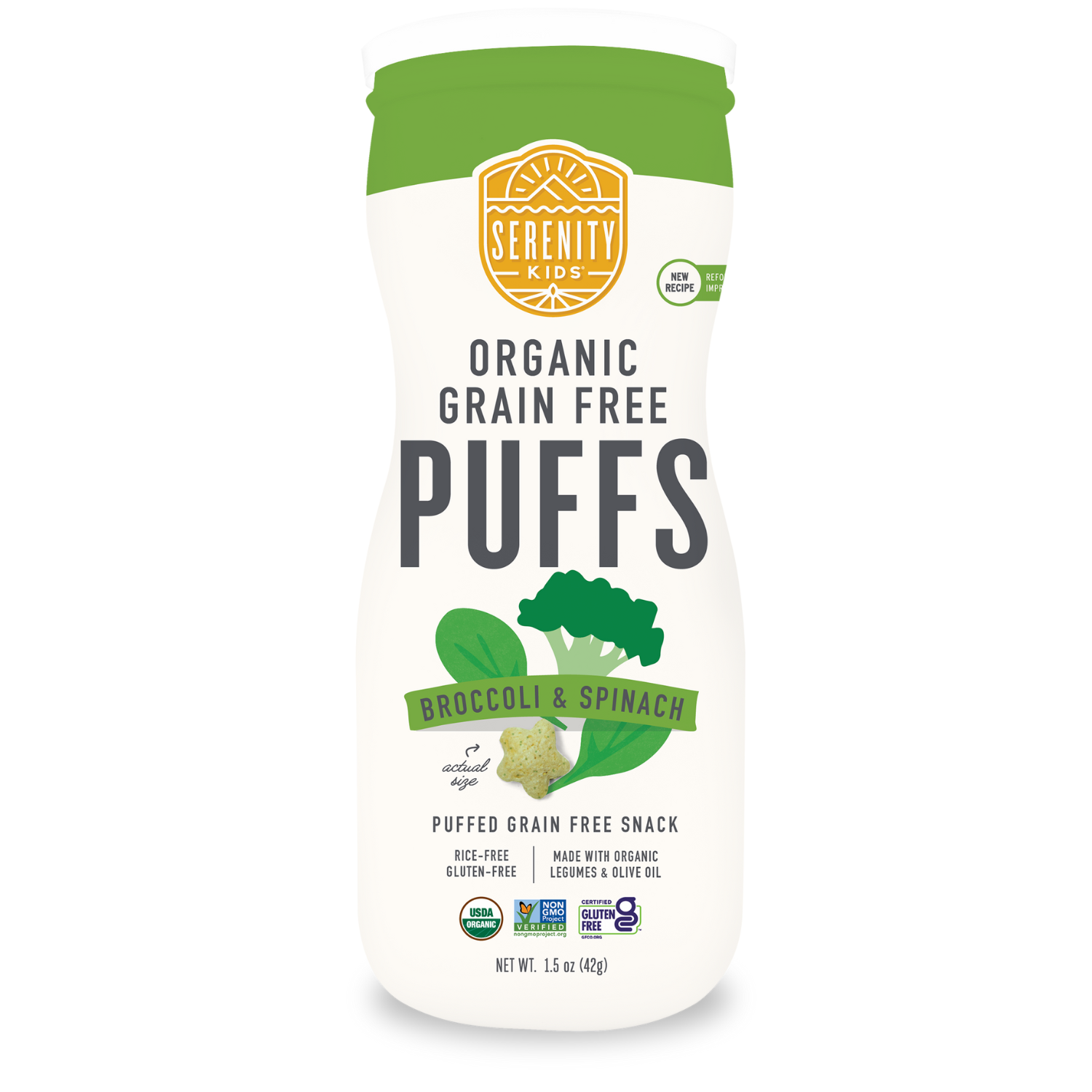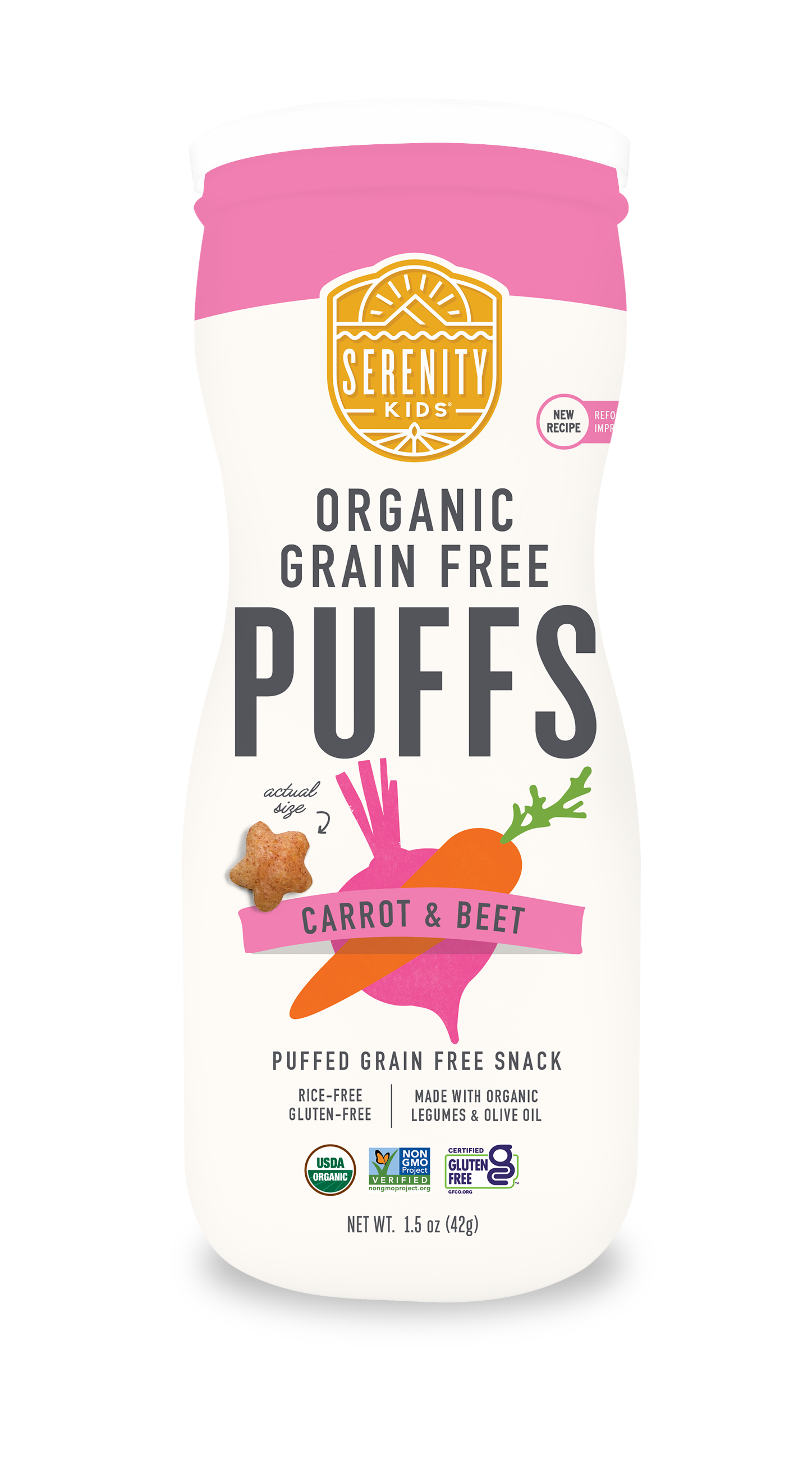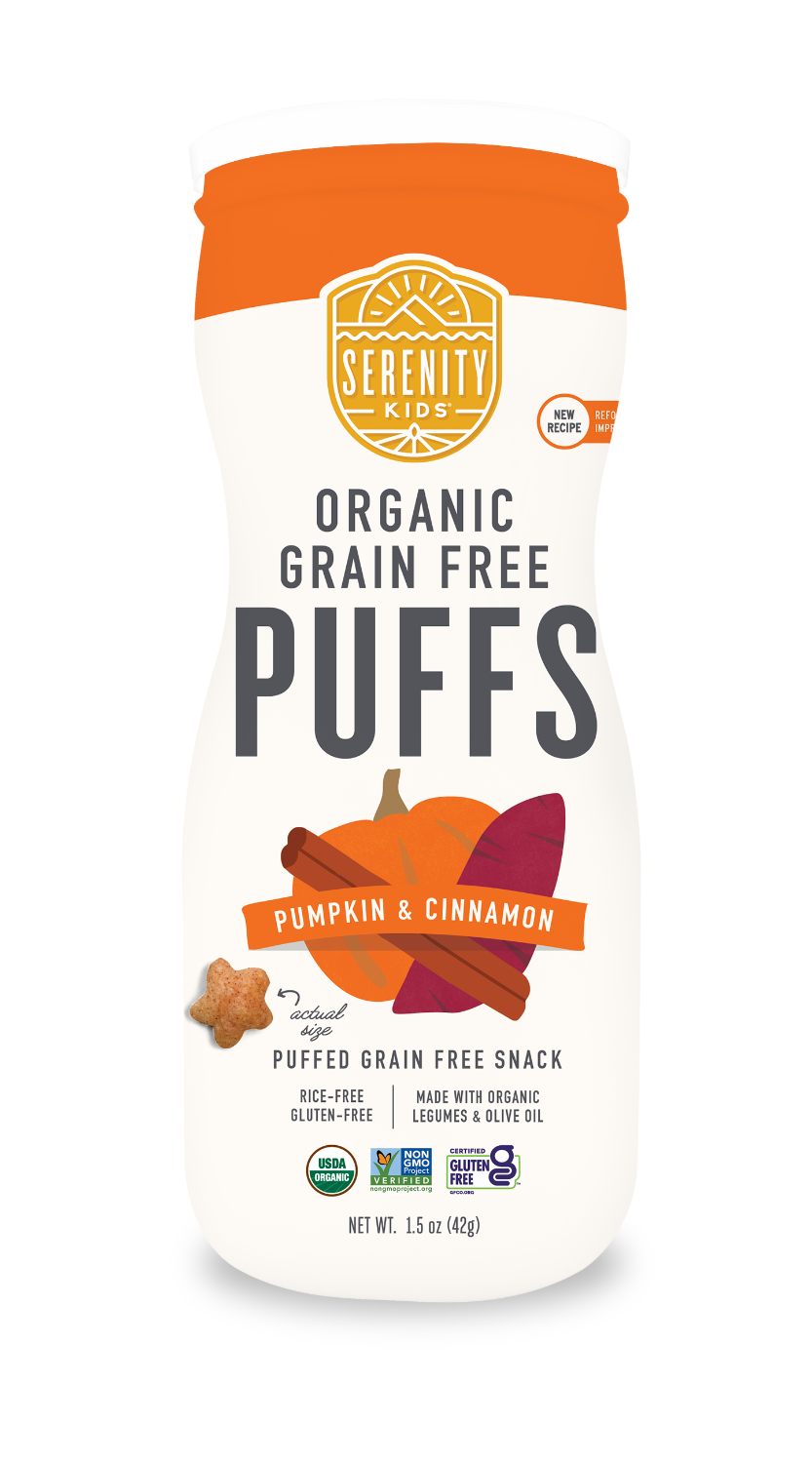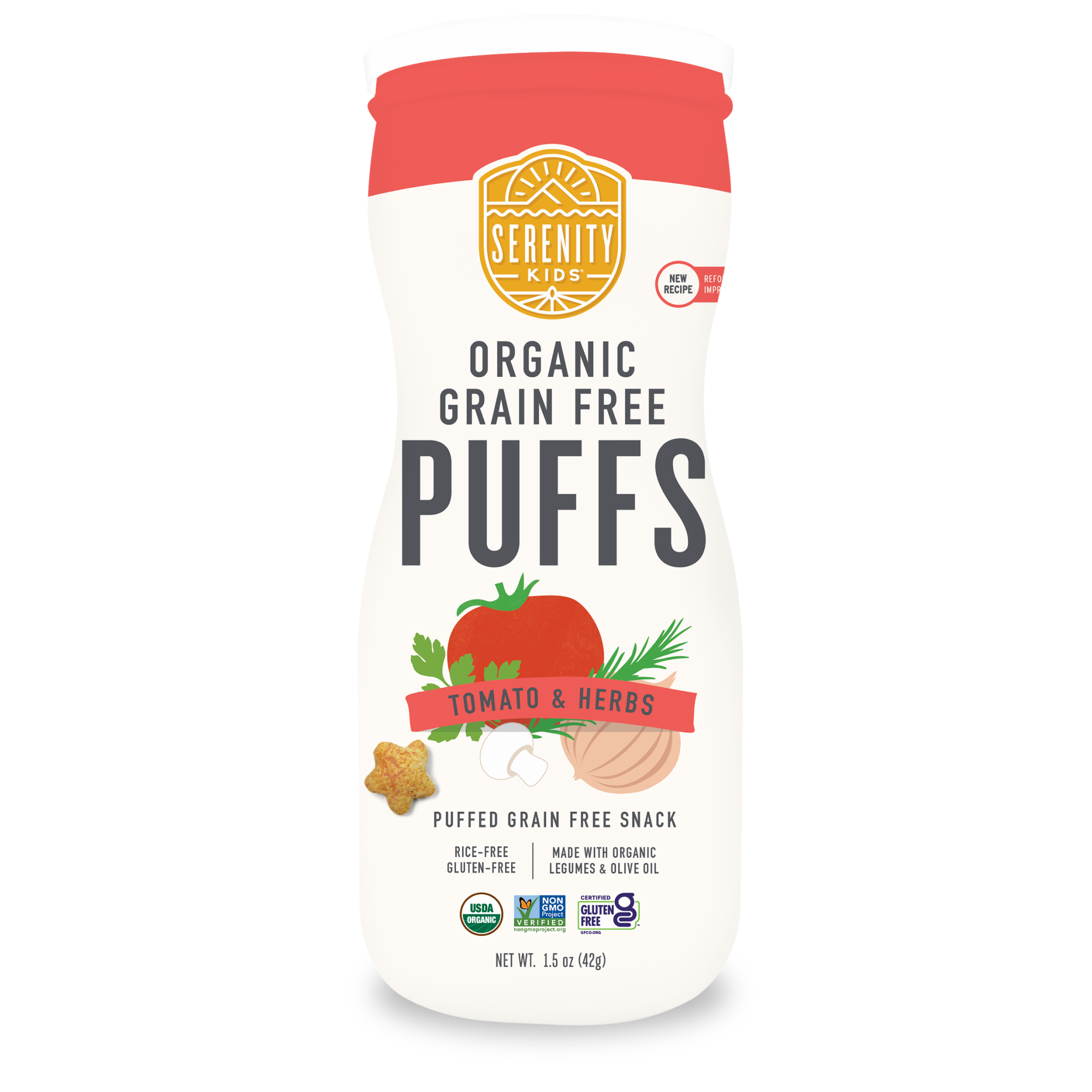Cassava is a starchy root vegetable that is also known as ‘yuca’ or ‘mandioca,’ cassava root is often used in grain free baking in the form of cassava flour. Cassava root is also used to produce tapioca starch, a more refined grain free flour.
While cassava root originated as a staple food in a number of developing countries, it has become popular worldwide for its health benefits and uses in grain free cooking and baking.
We use cassava in our grain free puffs as a great way to add crunch and nutrition without inflammatory and hard-to-digest grains. Learn more about why our products are always grain free HERE (link to blog about problems with grains)
In this blog we'll talk about cassava root benefits for health, including improving eye health, metabolism, healthy weight maintenance, wound healing, and blood pressure management.
All You Need To Know About Cassava
So what is a cassava plant anyway? Here's what you need to know:
What is cassava?
Cassava roots are a woody shrub native to tropical South America. As a root vegetable, it is starchy and tuberous. Cassava root is also used to produce tapioca starch.
While some people think cassava and tapioca are the same things, they are actually different. Cassava flour is made from the entire root of the plant while tapioca flour is made from only the starchy pulp. In other words, cassava flour is less processed than tapioca starch.
What nutrients are in cassava?
Cassava root contains carbohydrates, protein, vitamin A and vitamin C, potassium, magnesium, and niacin.
Health Benefits of Cassava Root
Some parents may ask if cassava root is safe for their kids. When adequately cooked, eating cassava root is not only safe, it can have various health and nutritional benefits for both babies and toddlers.
Cassava is an excellent source of vitamin C and vitamin A
Cassava has good nutritional value, particularly for starch, as it is a good source of vitamin C and vitamin A. Both of these vitamins are important in helping to support the immune system. Vitamin C also promotes collagen production. Collagen is the most abundant protein in the body and one of the stars of our Dairy Free Smoothies.
Cassava may improve metabolism and energy
Cassava is a good source of resistant starch, a type of starch that bypasses digestion similar to soluble fiber. Resistant starch can help with blood sugar management, preventing spikes and dips in energy and hunger. And we all know that hangry little ones are not happy little ones!
Cassava may support healthy weight maintenance
Resistant starch has also been studied for its ability to improve metabolic health and reduce the risk of obesity and type 2 diabetes. These benefits are typically attributed to the ability of resistant starch to support blood sugar management and feelings of fullness.
Cassava supports gut health
Resistant starch is considered a prebiotic, which means that it helps to feed beneficial gut bacteria. This helps to support a good balance of bacteria in the gut. We know that gut health impacts just about all other areas of health, from digestion and immunity to skin health and mood.
Cassava Downsides
Although cooked cassava root has significant benefits for babies’ and toddlers’ health, it can be risky to consume raw cassava, as it can be toxic for some people. This is addressed by simply making sure that you cook cassava.
In addition, while it has many benefits, cassava can be lower in nutrient content than other fresh foods like meats, fats, and colorful veggies. Of course, it can still be consumed as part of a healthy diet! In fact, cassava flour is a great alternative to grain-based flours which can be hard for many people to digest, especially little ones!
Rest assured that the cassava flour in our grain free puffs is fully cooked! And while our grain free puff has more nutrition than rice puffs sold by other companies, they are still intended as a snack and not a meal replacement. Our meat and veggie pouches are better for packing in all essential nutrients for a baby meal or toddler side dish. We have also introduced carrot purees to our pouch selection. Carrots are not only delicious but also packed with essential vitamins and minerals. Read our article about Carrot Baby Food Ideas.
How to Consume Cassava
You can incorporate cassava in various ways into your diet. Cassava is most commonly found as cassava flour which is used for baking cookies, bread, and pie crusts. Cassava flour is also great for coating veggies and protein, similar to a breading or batter that adds crispiness to foods. Cassava flour is gluten, grain, and nut-free, making it a great alternative to most other types of breading. Finally, cassava flour or cassava-derived tapioca starch can be used as a thickener for puddings, pies, gravy, and soups.
Whole cassava root can also be used to make cassava chips and used in recipes similar to sweet potatoes and other root vegetables.
We use cassava flour in our grain free puffs which gives them a perfect crunch for little ones without the use of rice or other grains commonly found in baby puffs.
Learn more about why our family follows a grain free diet in this blog.
When to Consult a Doctor? Allergies and Adverse Effects
Cassava can be associated with risks like allergies and side effects. However, these risks are generally minimized by simply soaking and cooking cassava. This is because raw cassava contains hydrocyanic acid, which can be toxic.
A very small percentage of people can experience allergic reactions to cassava, similar to latex allergies. When people are allergic to sweet cassava root, they may experience hives, swelling, vomiting, and difficulty breathing. If your little one experiences any reaction after eating cassava, seek immediate medical attention.
Of course, as with all new food introductions, offering one new food at a time helps to isolate any reactions from that new food.
How We Source Our Cassava
We take sourcing seriously at Serenity Kids. Our 100% USDA Organic Cassava Flour is World Fair Trade Organization Certified and comes from a network of over 1100 farms in the Pacific South of Nicaragua. Fair Trade Certified means that the product is made in compliance with the 10 Principles of Fair Trade which covers human and labor rights.
Our cassava comes from Prospera Foods, an organization that is pioneering a business model that puts people and planet first. Born out of global non-profit Opportunity International, Prospera Foods is the sales arm of this incredible organization that provides community economic development programs and training to empower people living in poverty to transform their lives.
In partnering with Prospera Foods and their parent organization, we are able to help create opportunities for entrepreneurs to build their businesses, children to go to school, farmers to feed their communities, and families to end the cycle of generational poverty.
Conclusions
As long as you avoid eating raw cassava, cassava root can have several benefits for babies’ and toddlers’ health, including immune support, blood sugar balance, and gut health.
Cassava can be prepared in a number of different ways. When the flour is cooked, it adds a great healthy crunch, which is why we selected this grain-free starch for our grain-free puffs!

